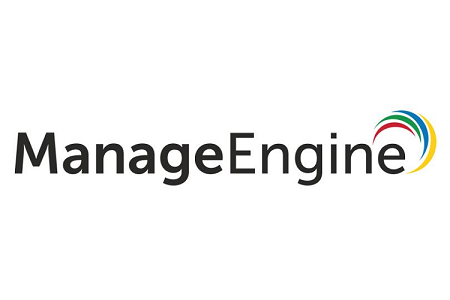Top tips: How developers and ChatGPT can be best friends
People have been using ChatGPT for various reasons over the past few months. Though the results aren’t flawless, they are unquestionably impressive. Its usefulness has been particularly noticeable for repetitive and time-consuming tasks. However, people have become apprehensive about their job security, which has hindered their ability to fully utilize ChatGPT to their advantage.











